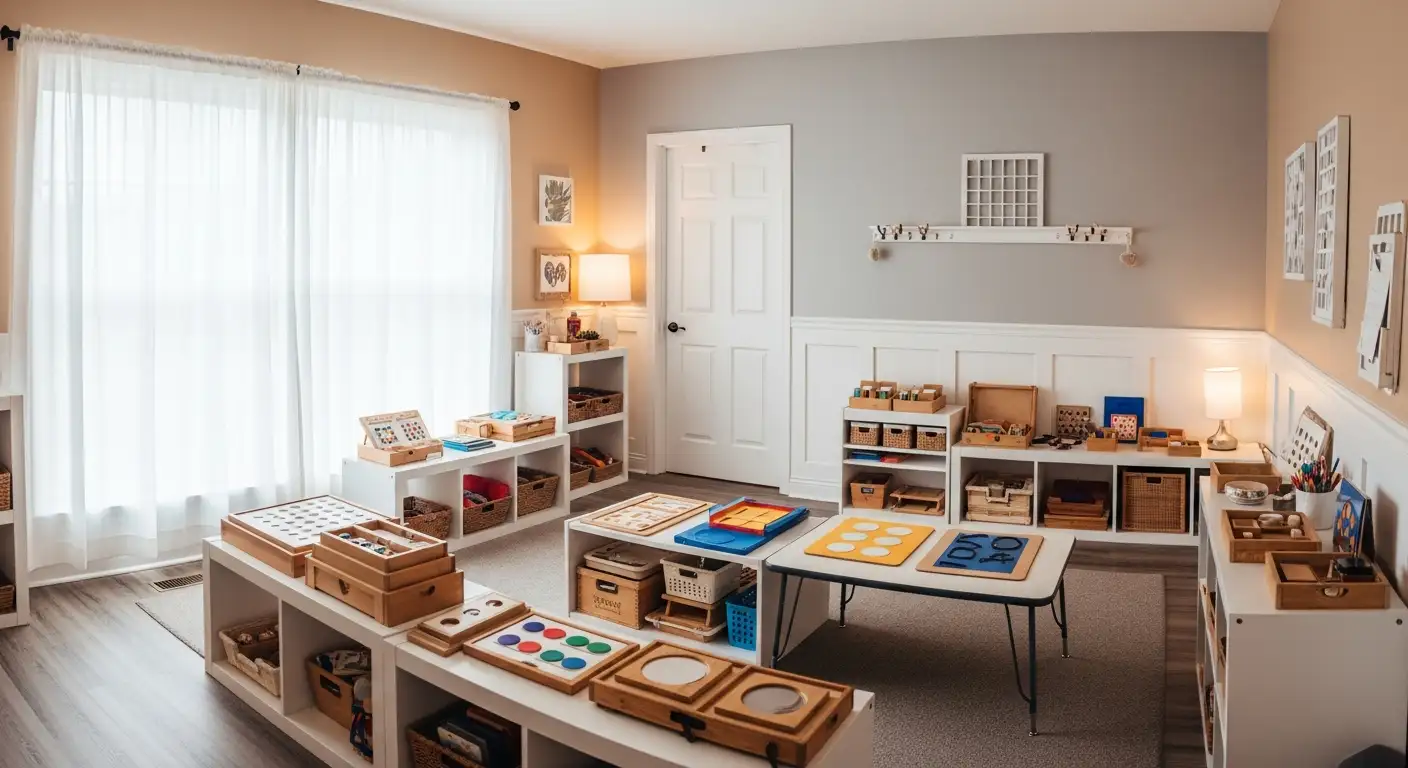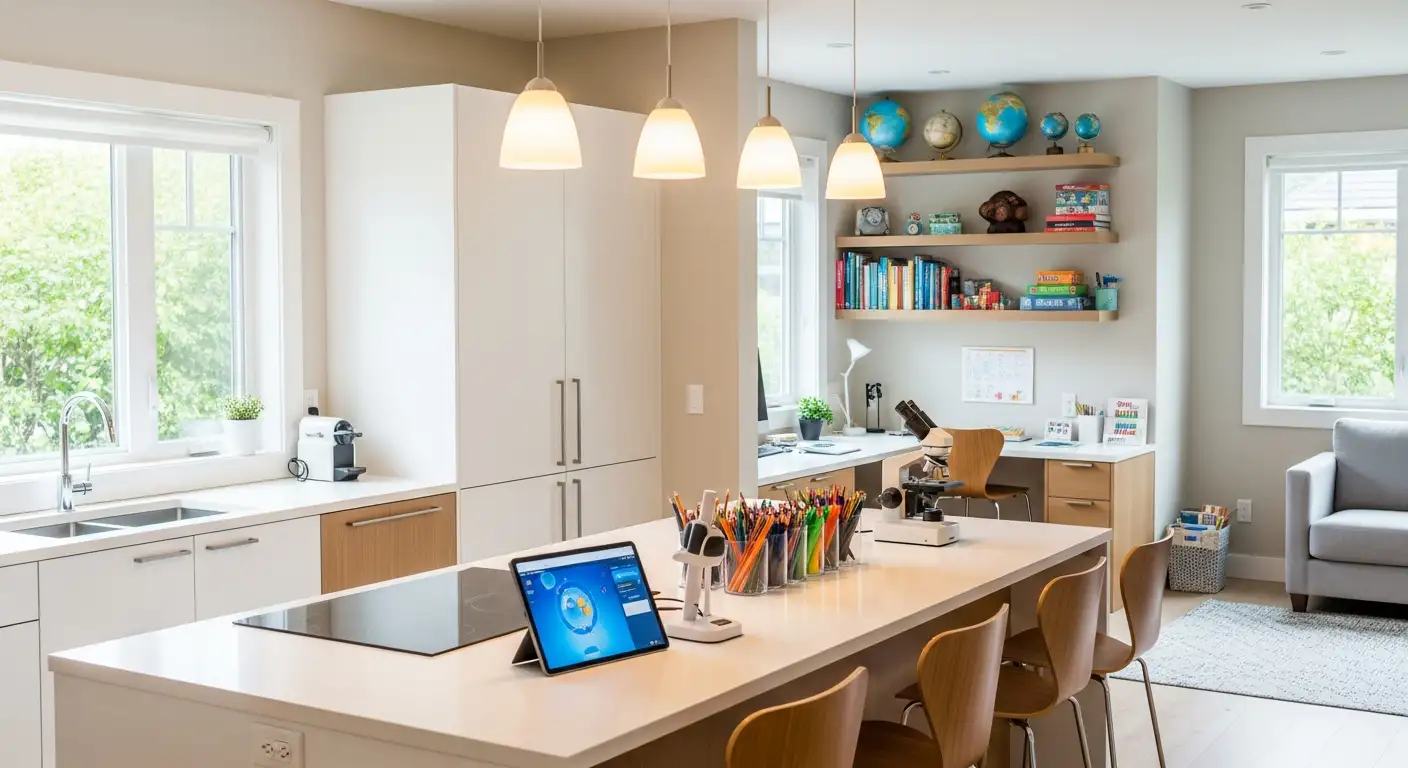Autism and Sleep
Addressing the Sleep Challenges in Autism Spectrum Disorder
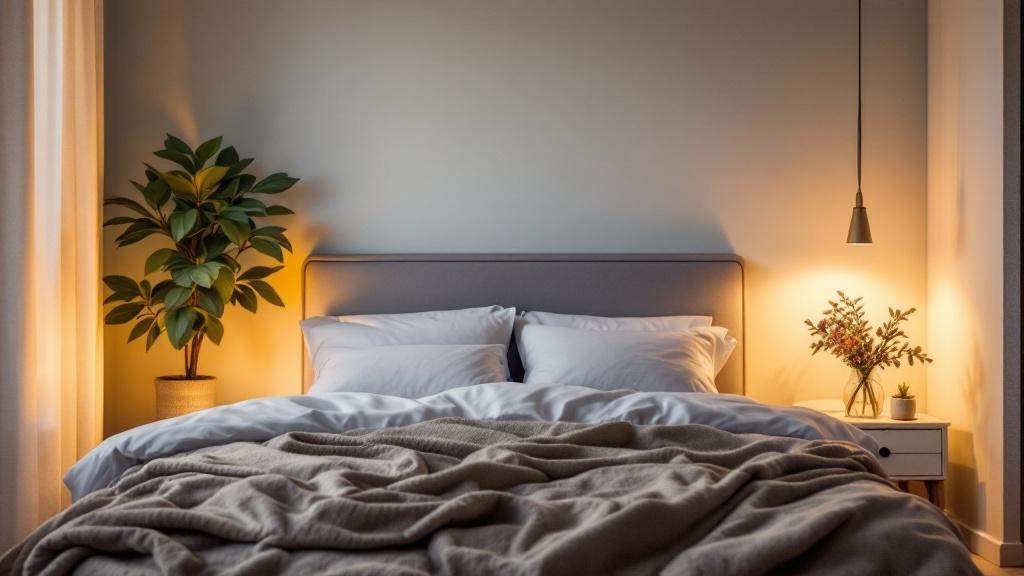
Understanding the Critical Link Between Autism and Sleep
Sleep disturbances are a common and significant concern among autistic individuals of all ages. These challenges not only affect the individuals' overall health and development but also impact their families. Recognizing the characteristics, causes, assessment methods, and management strategies is essential for improving quality of life for those on the autism spectrum.
Prevalence and Impact of Sleep Problems in Autism
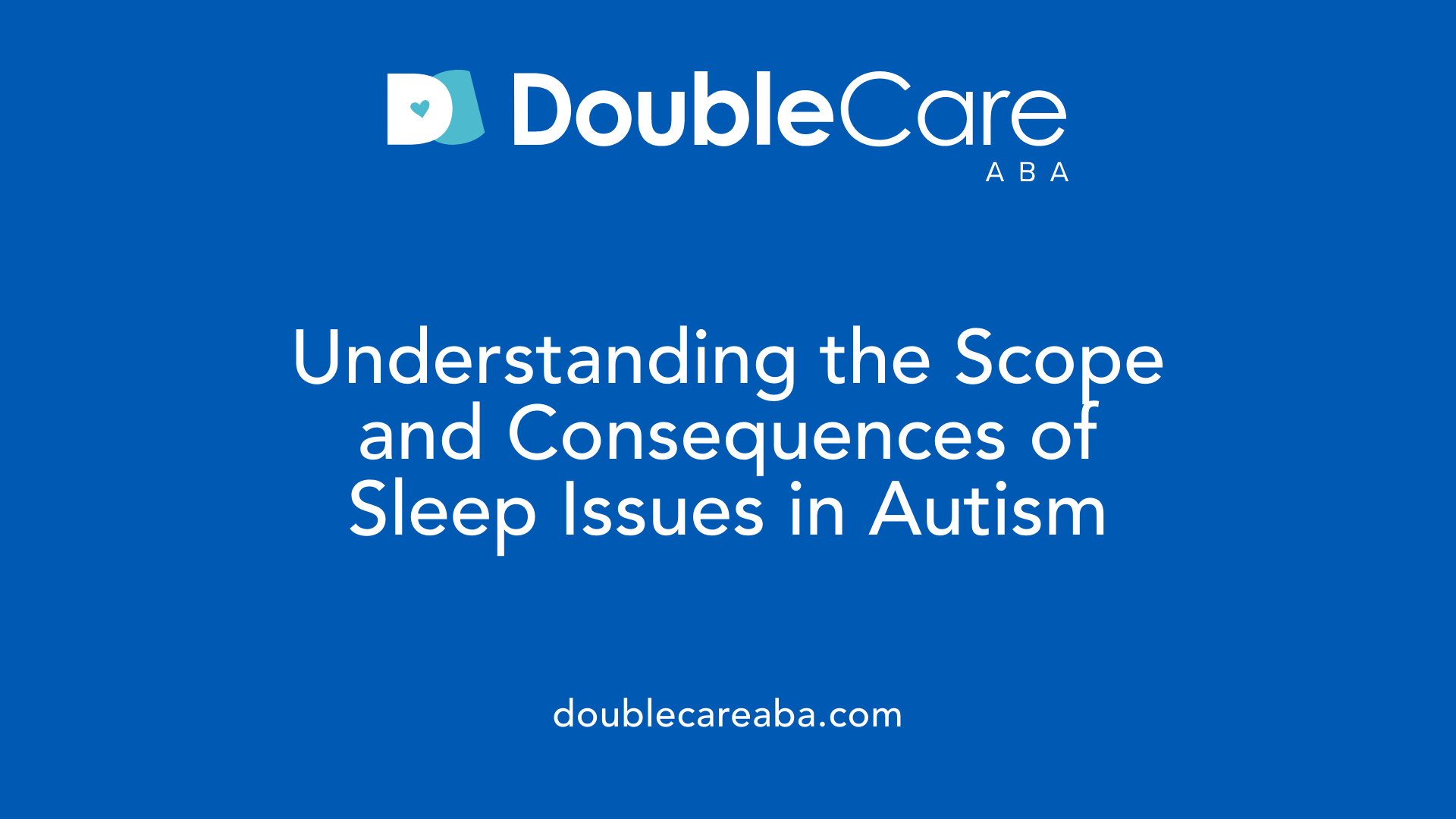 Sleep difficulties are extremely common among autistic individuals, affecting a substantial portion of children, teenagers, and adults on the spectrum. Research indicates that between 50% and 80% of children with autism experience chronic sleep problems, while nearly 80% of autistic adults report ongoing sleep disturbances. These issues include trouble falling asleep, waking frequently throughout the night, early morning awakenings, and overall reduced sleep quality.
Sleep difficulties are extremely common among autistic individuals, affecting a substantial portion of children, teenagers, and adults on the spectrum. Research indicates that between 50% and 80% of children with autism experience chronic sleep problems, while nearly 80% of autistic adults report ongoing sleep disturbances. These issues include trouble falling asleep, waking frequently throughout the night, early morning awakenings, and overall reduced sleep quality.
The effects of these sleep issues extend beyond nighttime disruptions. Poor sleep can worsen behavioral challenges such as hyperactivity, irritability, and repetitive behaviors. It can also interfere with learning, memory, and cognitive development, further impacting daily functioning and overall health.
Beyond the individual, sleep problems affect the entire family. Caregivers, especially parents, often experience disrupted sleep patterns themselves. Increased parental stress and fatigue can create additional challenges, influencing family dynamics and caregiving capacity.
How many hours of sleep do autistic adults typically need?
While the general recommendation for adults is to sleep 7 to 9 hours per night, autistic adults often face persistent sleep problems that can hinder achieving these hours. Factors such as sensory processing differences, heightened anxiety, and atypical brain development contribute to difficulties in falling asleep and maintaining sleep. Consequently, many autistic adults may have disrupted sleep patterns, requiring tailored strategies like establishing routines, creating sensory-friendly environments, and practicing good sleep hygiene. Even though the ideal sleep duration remains approximately 7 to 9 hours, these individuals often need additional support to attain restful sleep.
What are the characteristic sleep problems in individuals with autism?
People with autism frequently experience specific sleep issues, including prolonged sleep latency (taking longer to fall asleep), frequent nocturnal awakenings, and early morning arousals. A higher prevalence of sleep disorders such as insomnia, sleep apnea, and parasomnias like night terrors and sleep paralysis is observed, often exacerbated by sensory sensitivities and co-occurring conditions like anxiety or gastrointestinal discomfort.
Genetic factors also play a role—mutations affecting melatonin production and circadian regulation contribute to irregular sleep patterns. Sleep problems can lead to increased daytime behavioral issues, impaired social interactions, and reduced cognitive functioning. Addressing these challenges involves behavioral interventions, establishing consistent routines, and in some cases, melatonin supplementation.
How is sleep different in individuals with autism compared to neurotypical individuals?
Autistic individuals tend to have more disrupted sleep cycles than neurotypicals. They usually take longer to fall asleep—averaging about 11 minutes more—and spend less time in REM sleep (about 15% of total sleep compared to 23% in neurotypical individuals). Moreover, the architecture of sleep is often altered, with increased sleep latency, more frequent arousals, and decreased overall sleep efficiency.
Neurological differences, such as atypical thalamocortical connectivity and irregular melatonin levels, contribute to difficulties in establishing and maintaining regular sleep patterns. These disruptions are linked to sensory over-responsivity and abnormal brain activity during sleep, which can hinder processes like memory consolidation and brain detoxification.
Understanding these differences underscores the importance of tailored interventions—like behavioral strategies, environmental modifications, and melatonin therapy—to improve sleep health in those on the spectrum. Better sleep can significantly enhance daytime behavior, learning abilities, and overall quality of life for autistic individuals.
Biological and Genetic Underpinnings of Sleep Difficulties in Autism

What causes sleep issues in autism and what are the underlying mechanisms?
Sleep problems in individuals with autism stem from a complex mix of biological, genetic, and environmental factors. On a biological level, differences in brain circuits that regulate sleep—particularly abnormalities in thalamocortical connectivity—play a major role. These alterations can disrupt normal sleep rhythms and the process of transitioning between sleep stages.
Additionally, individuals with autism often exhibit changes in sleep architecture, such as decreased REM sleep, increased latencies to REM onset, and irregular sleep cycles. These changes impact the restorative quality of sleep.
Neuromodulatory systems that influence wakefulness and sleep, including melatonin, serotonin, norepinephrine, and dopamine, are frequently dysregulated. Many autistic individuals have mutations affecting these systems, especially genes involved in melatonin production. This dysregulation leads to difficulties in falling asleep, staying asleep, and waking up rested.
Furthermore, sensory sensitivities and autonomic nervous system imbalances increase arousal levels, making relaxation and sleep initiation more challenging. Together, these neurobiological and genetic factors explain the high prevalence of persistent and often severe sleep disturbances observed in autism.
How do genetic mutations influence sleep in autism?
Genetic factors significantly contribute to sleep challenges in autism. Mutations in genes responsible for the synthesis of melatonin—a hormone critical for sleep regulation—can cause irregular or flattened melatonin secretion, often described as a 'flat melatonin curve.' This disruption hampers the body's ability to signal sleep and wakefulness appropriately.
Additionally, variations in genes like CLOCK, which govern circadian rhythms, are associated with abnormalities such as delayed sleep phase and poor sleep timing. These genetic mutations impair the synchronization of internal biological clocks with the environment.
Such genetic influences lead to common sleep issues in autism, including longer sleep onset latency, fragmented sleep, and reduced proportions of REM sleep. Understanding these genetic underpinnings helps tailor interventions such as melatonin supplementation and chronotherapy, aiming to correct underlying biological disruptions and improve sleep quality.
Assessment and Diagnosis of Autism-Related Sleep Problems
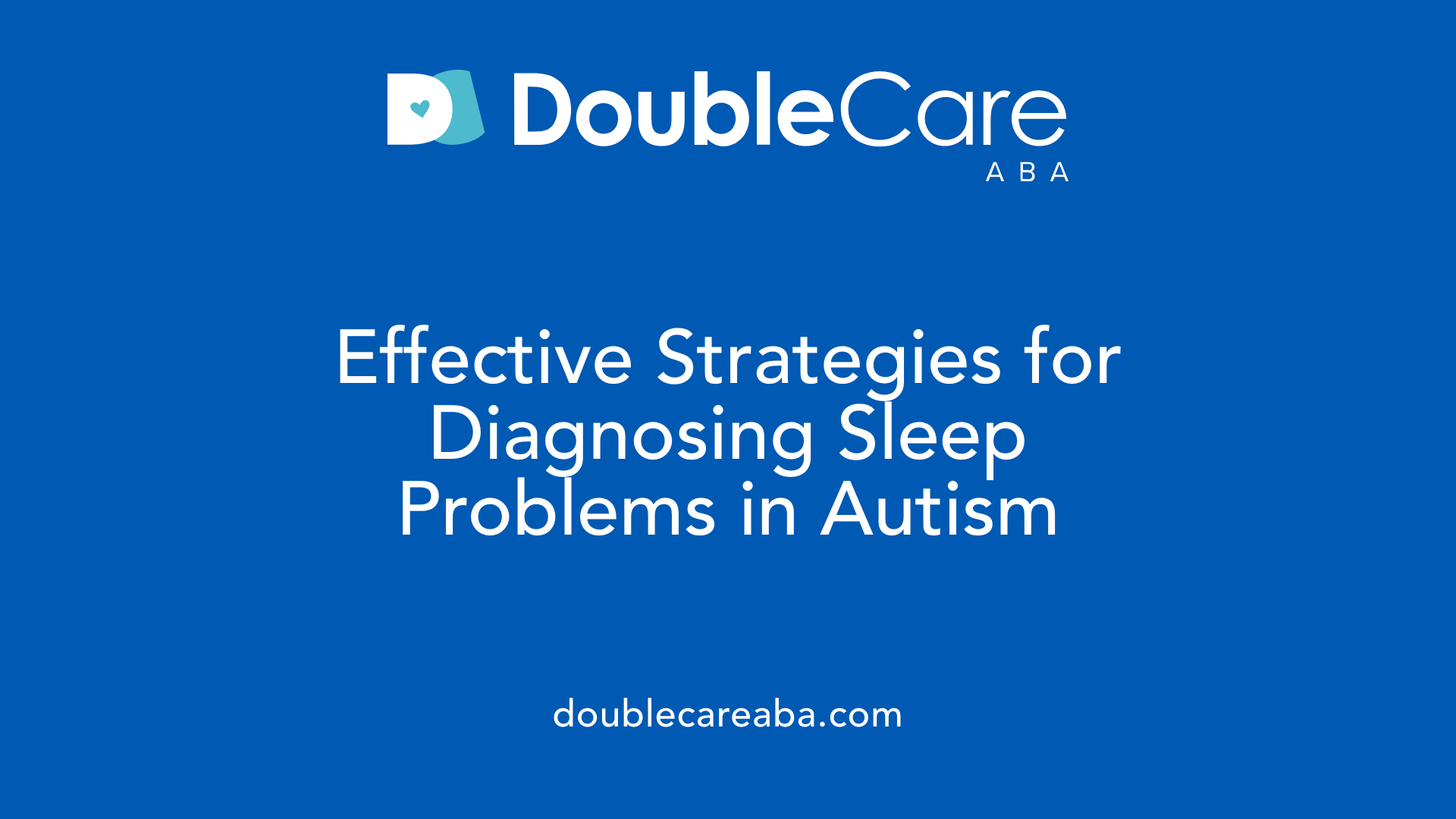
How can sleep disturbances in autism be effectively assessed and diagnosed?
Diagnosing sleep issues in individuals with autism relies on a combination of methods to obtain a full picture of their sleep patterns and difficulties. Caregivers are often asked to fill out validated questionnaires, such as the Children’s Sleep Habit Questionnaire (CSHQ), which evaluates various aspects of sleep, or keep detailed sleep diaries over a period of at least two weeks. These subjective tools help identify patterns like trouble falling asleep, night waking, or early morning waking.
In addition to caregiver reports, objective measures play a crucial role. Actigraphy involves wearing a small device, similar to a wristwatch, that tracks limb movements to estimate sleep and wake times. For a more detailed understanding, polysomnography (PSG) is considered the gold standard. This comprehensive sleep study records brain waves, oxygen levels, heart rate, and muscle activity during sleep. While PSG provides valuable information, it can be challenging for children with autism due to sensory sensitivities and unfamiliar environments.
Another useful tool is videosomnography, which involves recording sleep behaviors at home in a familiar setting. This method allows clinicians to observe sleep behaviors directly, capturing issues like restless movements or sensory reactions that interfere with sleep. Combining questionnaires, sleep diaries, actigraphy, and PSG—adapted to accommodate sensory needs—enables clinicians to accurately diagnose sleep problems in autistic individuals and develop personalized intervention plans.
What challenges exist in diagnosing sleep problems in autism?
Diagnosing sleep disturbances in children and adults with autism poses several unique challenges. Sensory sensitivities, such as aversion to bright lights, sounds, or certain textures, can make traditional assessment procedures difficult or distressing. For example, polysomnography requires attaching wires and sensors, which may cause discomfort or sensory overload, leading to unreliable results.
Communication barriers also complicate diagnosis. Many children with autism have limited verbal skills, making it hard for them to express what they are experiencing or to indicate discomfort related to sleep issues. Behavioral symptoms like hyperactivity, anxiety, or difficulties with routines may mask or mimic sleep problems, leading to potential misinterpretation.
Furthermore, some behaviors observed during sleep, like body-rocking or head-banging, might be mistaken for sleep disorders when they are part of typical or autism-specific behaviors. Because of these complexities, thorough assessments must incorporate caregiver insights, flexible testing environments, and tailored approaches that account for sensory sensitivities. This comprehensive, individualized evaluation is essential for accurate diagnosis and effective treatment planning.
Management and Treatment Strategies for Autism-Related Sleep Problems
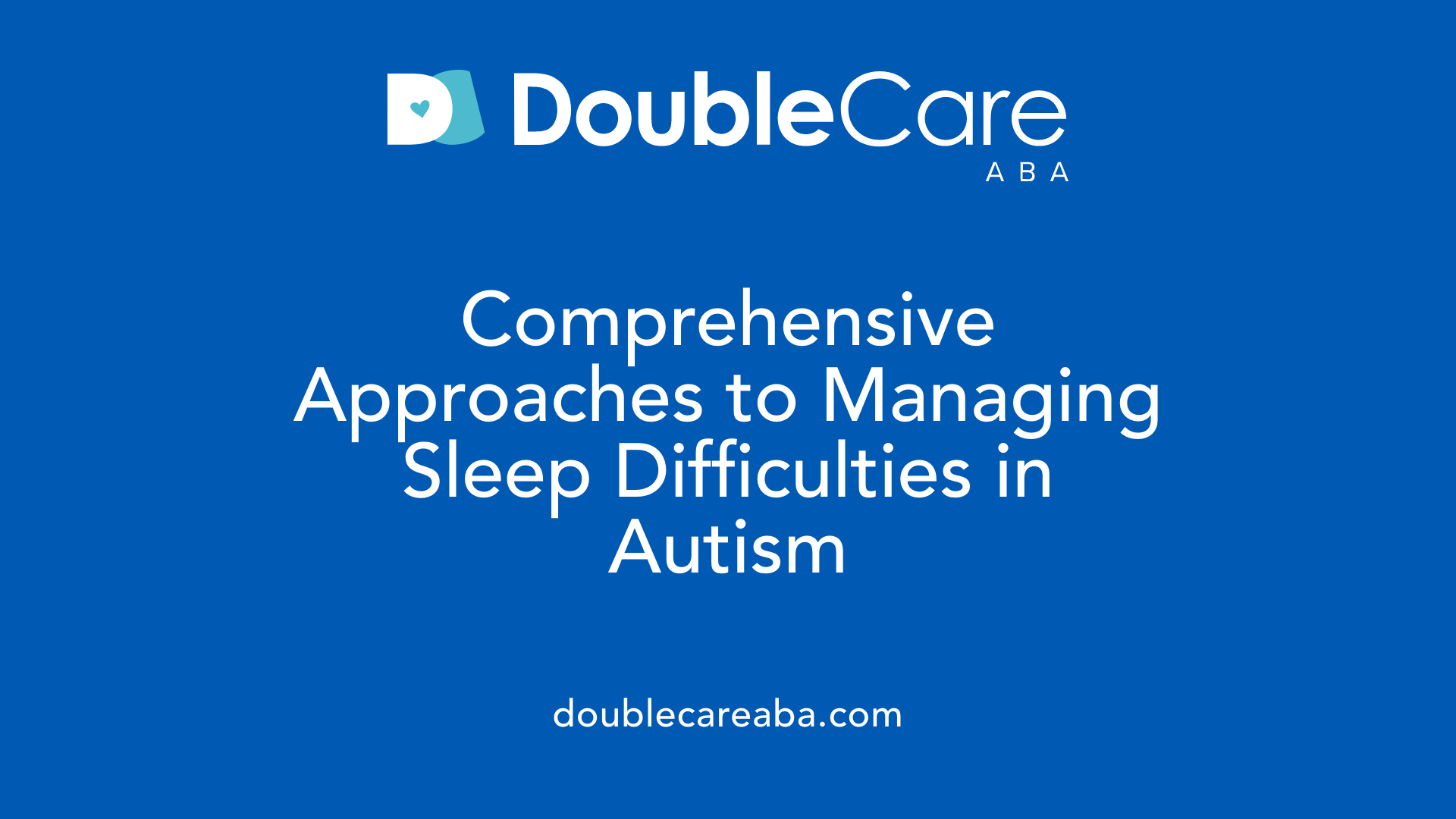
What management and treatment strategies are available for sleep problems in autism?
Managing sleep difficulties in autistic individuals requires a tailored approach that often combines behavioral, environmental, and medication-based strategies. Behavioral techniques include establishing consistent bedtime routines, using visual schedules, and applying positive reinforcement to encourage sleep. Creating a calming sleep environment—such as a dark, quiet, and cool room—helps promote sleep readiness. Sensory tools like weighted blankets or calming sensory stimuli can ease anxiety and facilitate sleep onset.
Medications, especially melatonin supplements, are frequently used alongside behavioral methods. Melatonin can help regulate disrupted circadian rhythms and shorten sleep latency when used under medical supervision. In some cases, other medications like antihistamines or specific sleep aids may be prescribed, but these are generally not first-line treatments and should be used carefully.
Healthcare professionals should carefully assess each individual’s needs to design effective intervention plans. Continual monitoring ensures that sleep improves sustainably, enhancing overall well-being and daily functioning.
How can behavioral interventions support sleep in autism?
Behavioral interventions focus on establishing reliable routines and teaching children strategies to fall asleep independently. Consistent sleep routines and visual supports such as social stories or visual timers help prepare the child mentally for bed, reducing anxiety and resistance.
Techniques like bedtime fading—gradually adjusting bedtime to coincide with the child's natural sleep onset—are effective. Reinforcing quiet, calm behaviors, and teaching relaxation exercises like deep breathing or progressive muscle relaxation, can decrease bedtime resistance and night wakings.
Parents are often trained to implement these techniques, which include managing environmental factors like reducing noise and light during sleep hours. Combining these behavioral strategies with good sleep hygiene—such as limiting screen time before bed and maintaining a regular schedule—can significantly improve sleep quality in autistic children.
Additional Information
For further support, resources, and detailed strategies, searching terms like "Behavioral Techniques for Autism Sleep," "Sleep Hygiene for Autism," and "Autism Sleep Therapy" can provide useful literature, guides, and professional guidance to help manage sleep difficulties effectively.
Enhancing Sleep Environment and Hygiene Practices in Autism
Creating a sleep environment that is conducive to rest is crucial for autistic individuals. A dark, quiet, and cool room supports natural sleep rhythms and reduces disruptions. Caregivers can utilize blackout curtains or sleep masks to block external light and white noise machines to mask background sounds, fostering a calm atmosphere.
Managing sensory sensitivities is also important. Weighted blankets, soft bedding, and gentle lighting can make the sleeping space more comforting, helping reduce anxiety and overstimulation that may interfere with sleep.
Establishing predictable bedtime routines signals to the body that it’s time to wind down. Activities like a warm bath, reading a calming story, or listening to soothing music can aid in transitioning to sleep.
It’s beneficial to avoid electronic screens and stimulants such as caffeine before bed, as these can hinder the ability to fall asleep. Encouraging daytime exercise and maintaining a consistent sleep schedule further reinforce healthy sleep patterns.
Behavioral strategies like visual supports, positive reinforcement, and relaxation techniques are often effective. When behavioral methods are insufficient, melatonin—especially prolonged-release formulations—may be prescribed.
Combining these practices can significantly improve sleep quality, reducing sleep disturbances. Better sleep supports emotional regulation, learning, and overall quality of life for autistic individuals and their families.
For more tips, searching for phrases like "Optimizing Sleep Environment for Autism," "Autism Sleep Hygiene Tips," or "Sensory Friendly Sleep Settings" can provide additional resources and guidance.
The Role of Sleep in Supporting Autism Spectrum Disorder Development and Well-being
Sleep is fundamental for brain health, especially for individuals with autism spectrum disorder (ASD). During sleep, the brain undergoes crucial processes like detoxification, which clears out neurotoxins, and hormone regulation, including the release of growth hormones vital for development. Adequate sleep supports neural plasticity, aiding learning and memory—areas often affected in autism.
Research shows that sleep deprivation can lead to a cascade of behavioral, cognitive, and emotional challenges in autistic individuals. Poor sleep is linked with increased irritability, hyperactivity, and anxiety, which can intensify core autism symptoms. It also impairs focus, learning capacity, and emotional regulation, making daily activities more difficult.
Treating sleep problems is therefore essential. Proper assessment and interventions, such as establishing routines, creating a comfortable sleep environment, and using melatonin supplements when appropriate, can dramatically improve sleep quality. When sleep improves, so does daytime behavior and overall well-being.
Ensuring that autistic children and adults get restorative sleep can lead to better developmental outcomes, fewer behavioral issues, and an improved quality of life for the whole family. Addressing sleep health is a vital part of supporting optimal growth, learning, and emotional stability in autism.
Emerging Treatments and Future Directions for Autism and Sleep
What current research findings exist regarding sleep challenges in autism?
Research shows that sleep problems are extremely common among autistic individuals, with over 80% of children affected and similar or higher rates continuing into adolescence and adulthood. These issues include trouble falling asleep, frequent awakenings, early morning waking, and disorders like obstructive sleep apnea and restless legs syndrome.
The impact of these sleep disturbances extends beyond fatigue, often heightening behavioral challenges, mood disorders, and the severity of autism symptoms. Biological factors such as irregular melatonin production and neurotransmitter imbalances are believed to play significant roles.
Developmentally, sleep problems tend to shift with age. Young children often experience bedtime resistance and anxiety, which evolve into delayed sleep onset and reduced total sleep time as they grow older. Recent neurobiological studies suggest that genetic factors and disruptions in neural pathways related to sleep regulation contribute to these difficulties.
Early screening using questionnaires, sleep diaries, and objective tools like actigraphy helps identify these issues. Interventions are increasingly focused on personalized approaches that address the specific neurobiological and behavioral deficiencies found in each individual, aiming to improve overall functioning and quality of life.
Optimizing Sleep for Better Outcomes in Autism
Addressing sleep challenges in autism requires a multifaceted approach that combines understanding biological mechanisms, thorough assessment, and personalized treatment strategies. Sleep plays a fundamental role in regulating mood, cognition, and behavior, making its improvement a priority in holistic care for autistic individuals. Continued research and innovative therapies promise to further enhance sleep quality and, consequently, overall well-being and development.
References
- Sleep and autism - National Autistic Society
- Sleep | Autism Speaks
- Autism and sleep disorders - PMC
- Autism and Sleep Issues | Why Sleep Is Hard for Many Autistic People
- Interventions | Center for Sleep in Autism Spectrum Disorder
- The Important Link Between Sleep and Brain Health in Autism - PMC
- Autism and Sleep Issues | Sleep Foundation
- Sleep problems in autism, explained | The Transmitter




